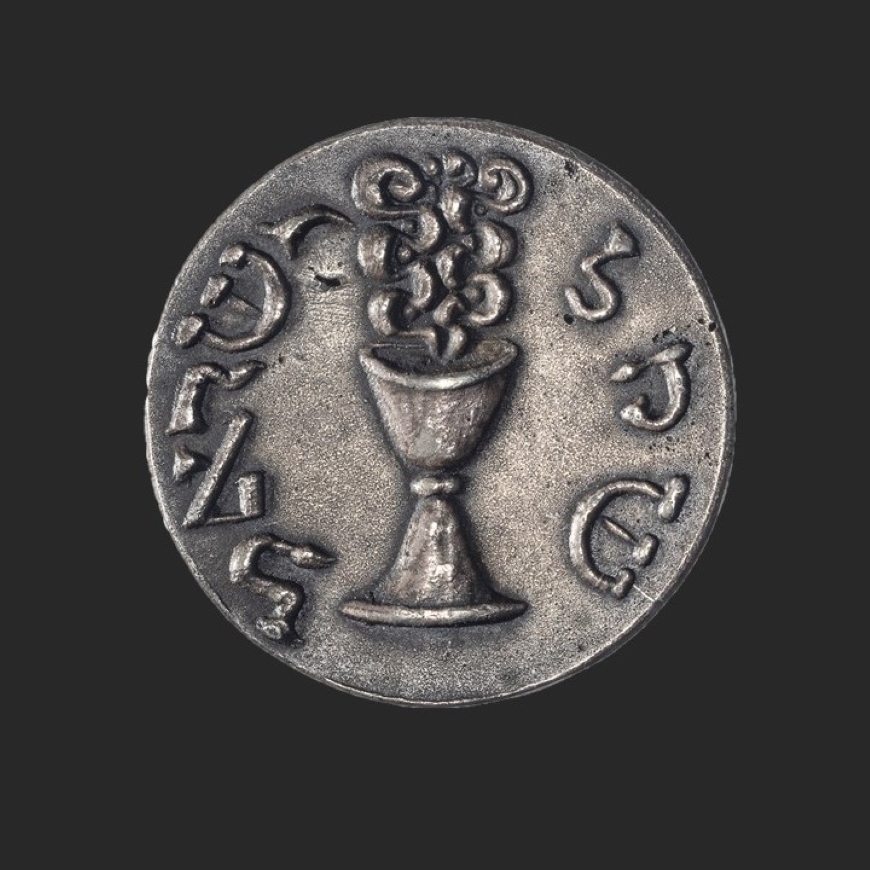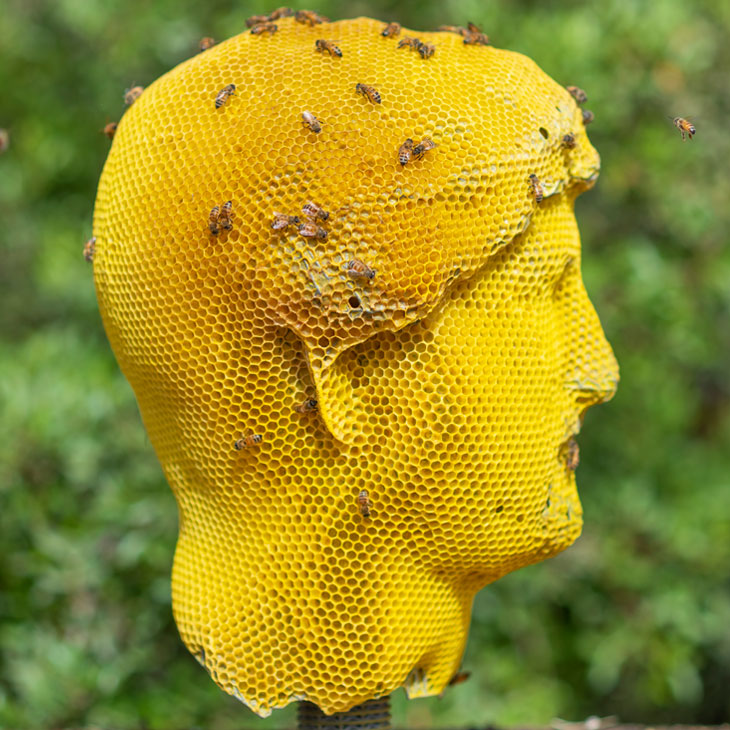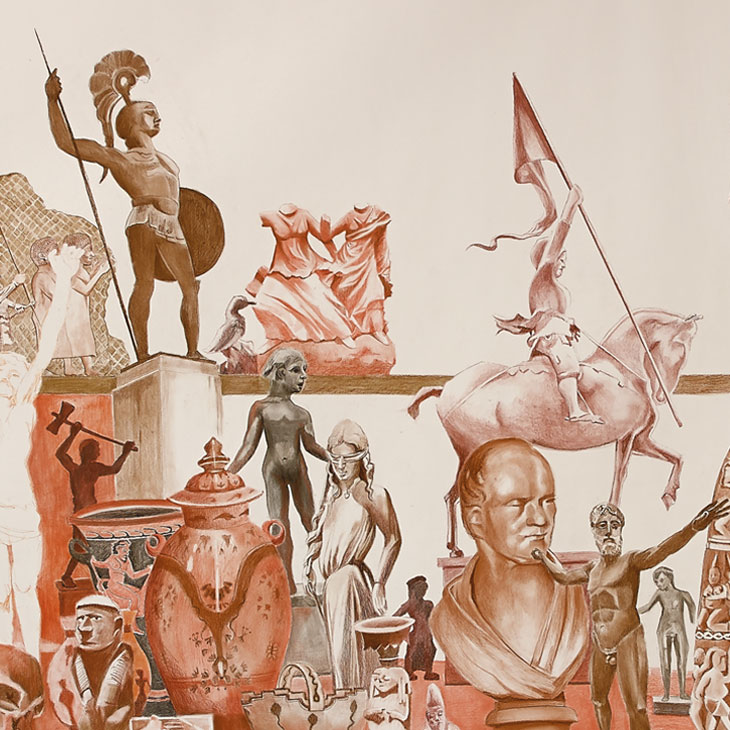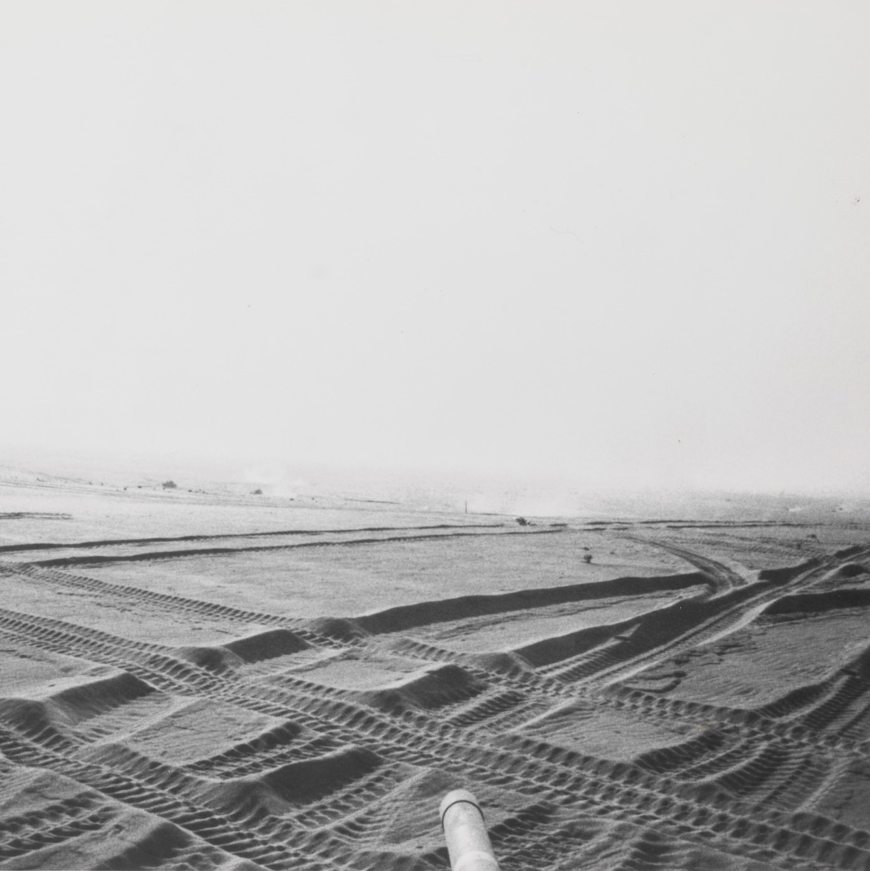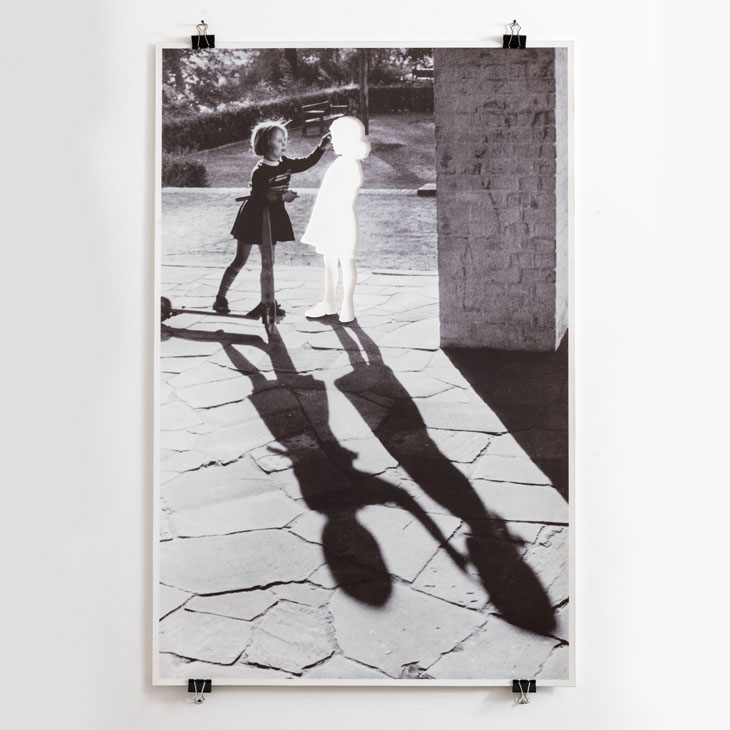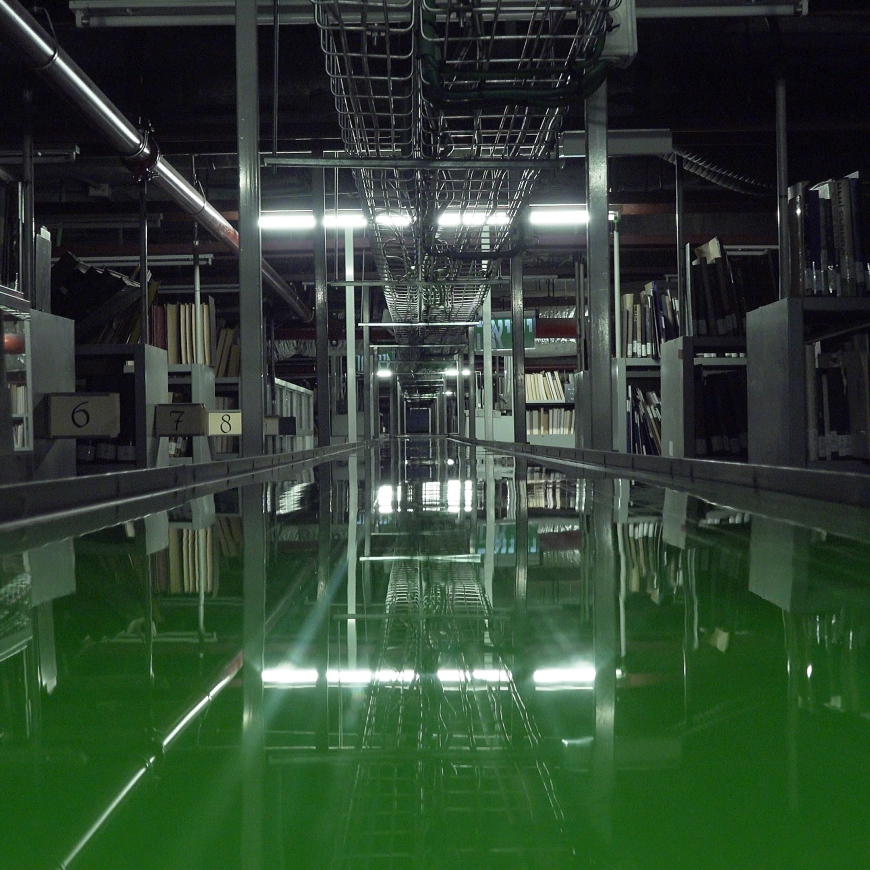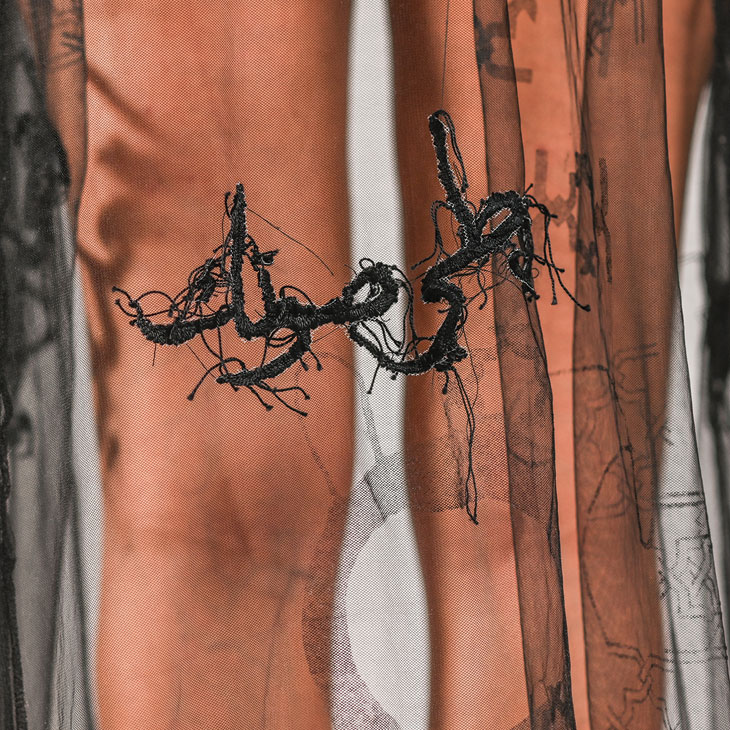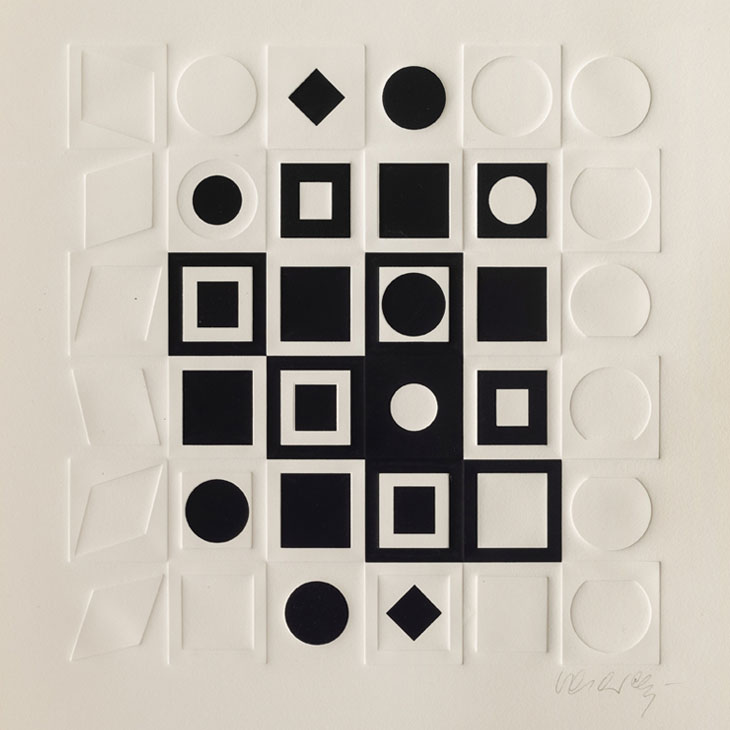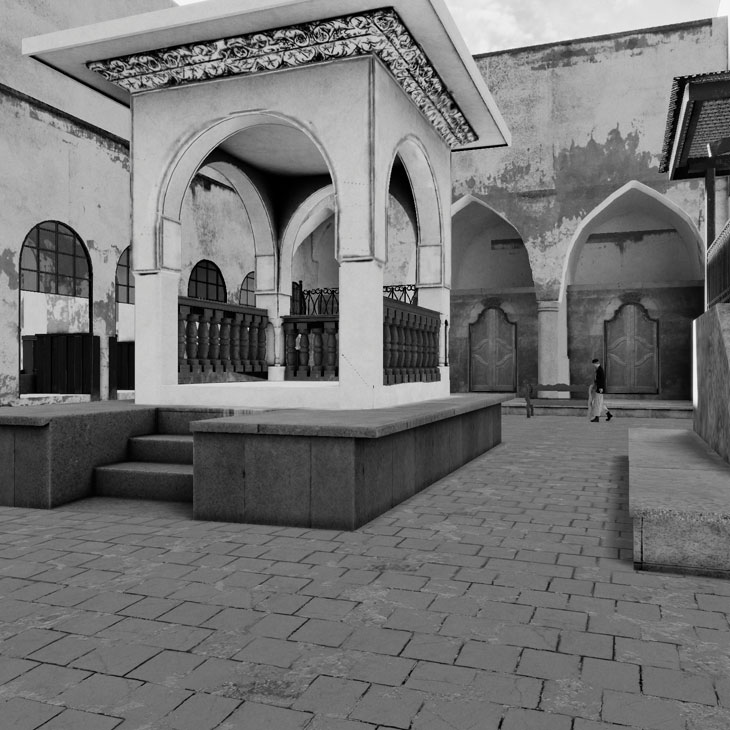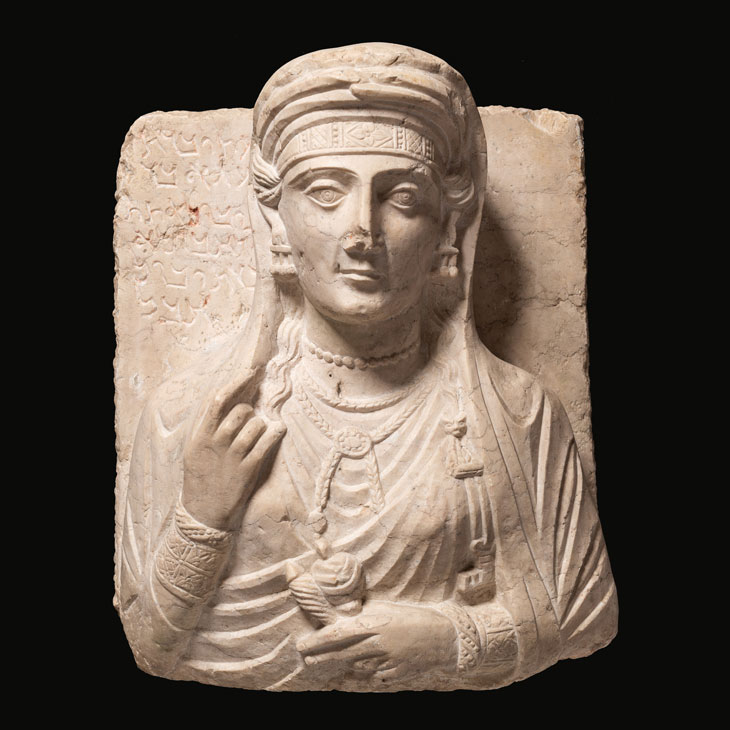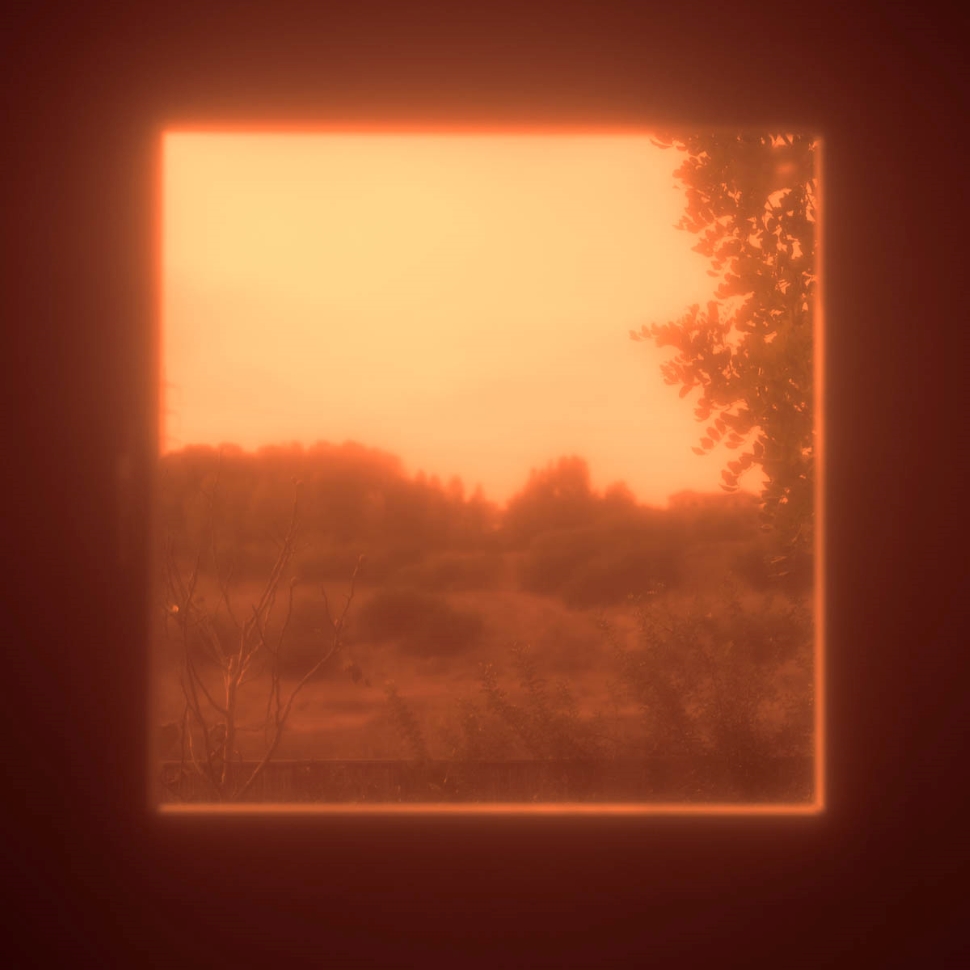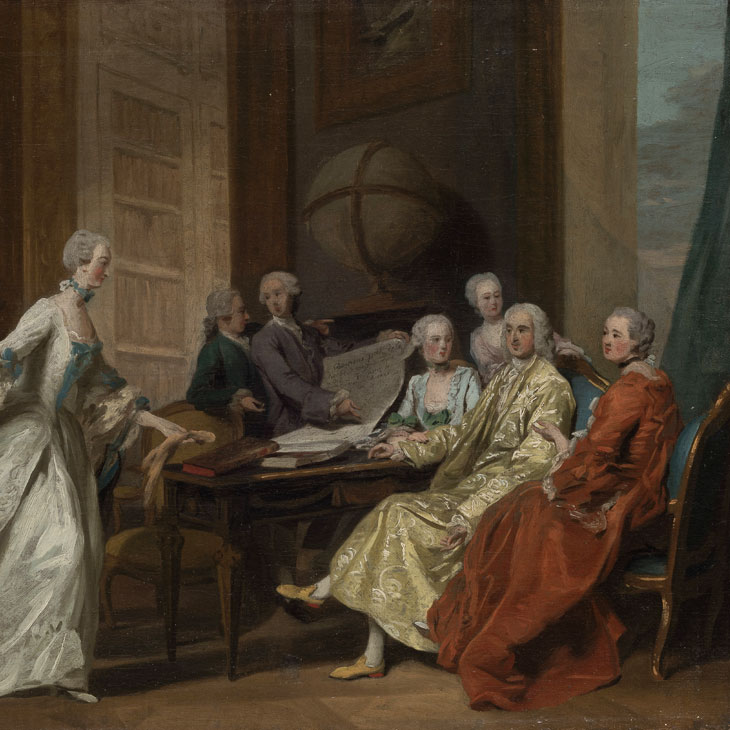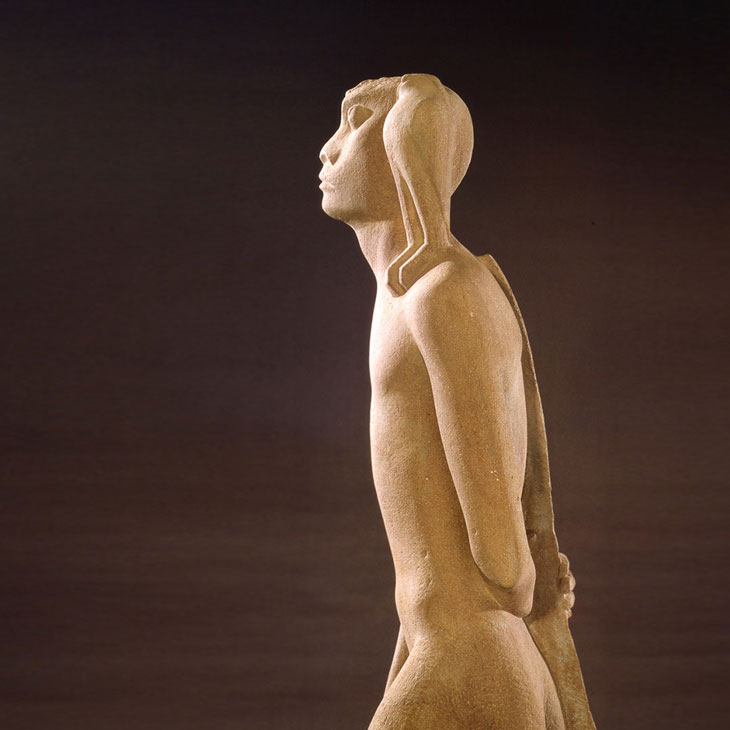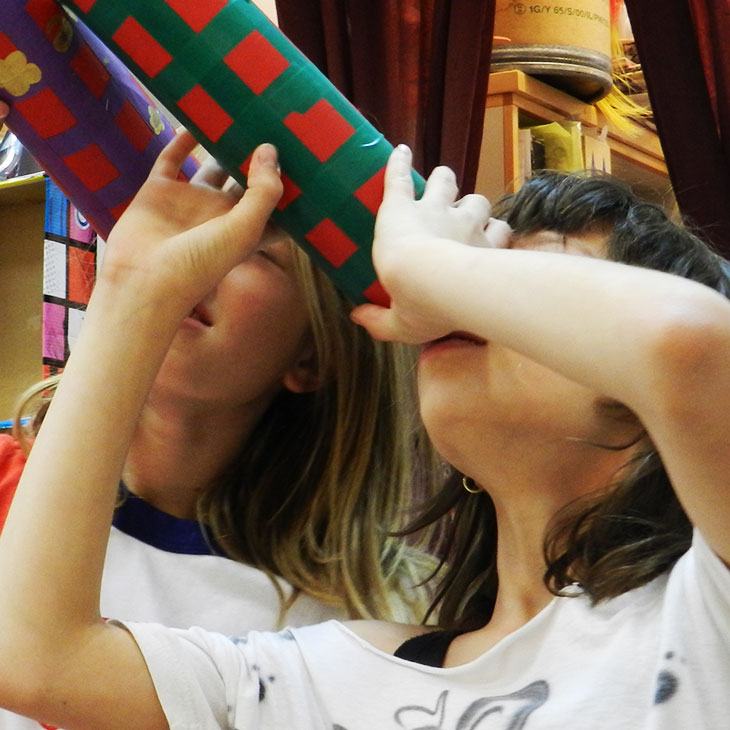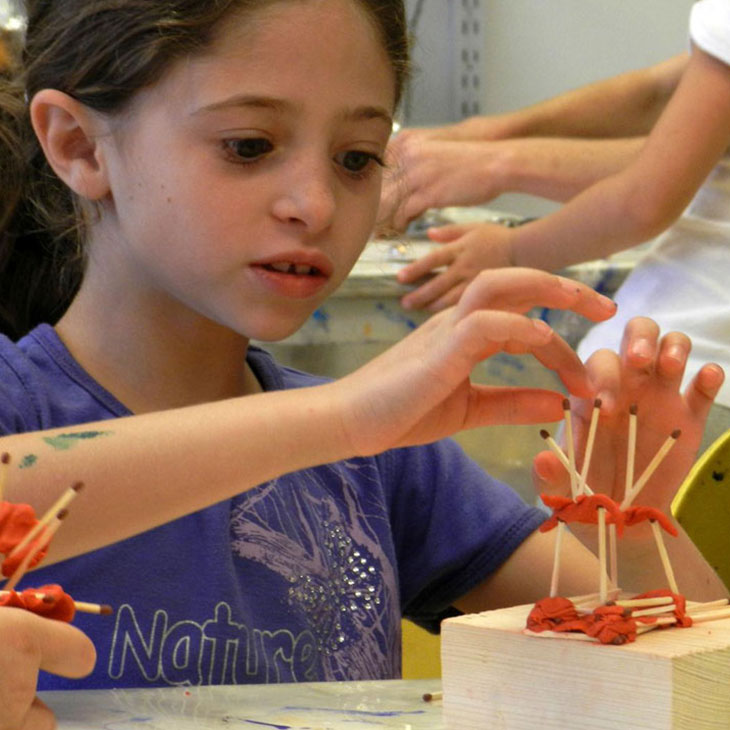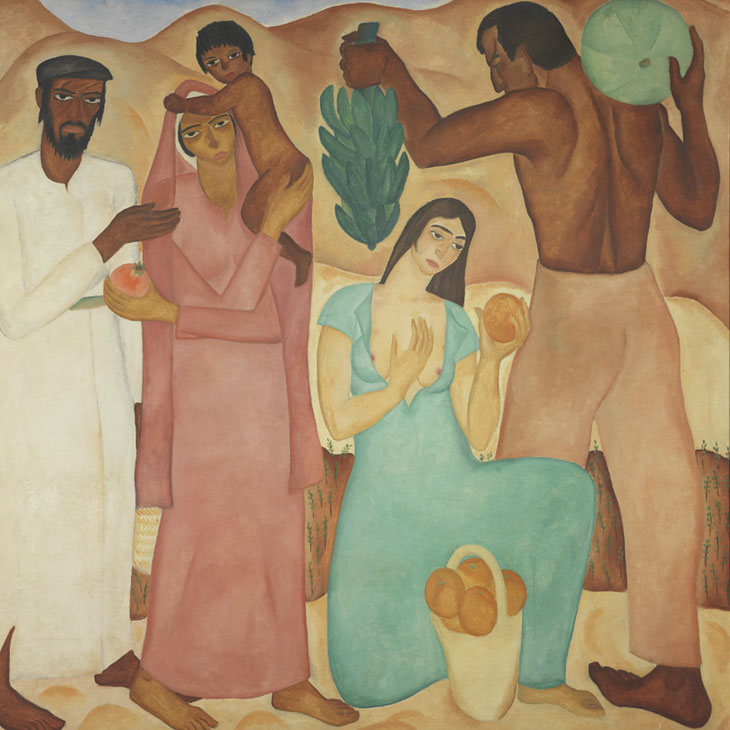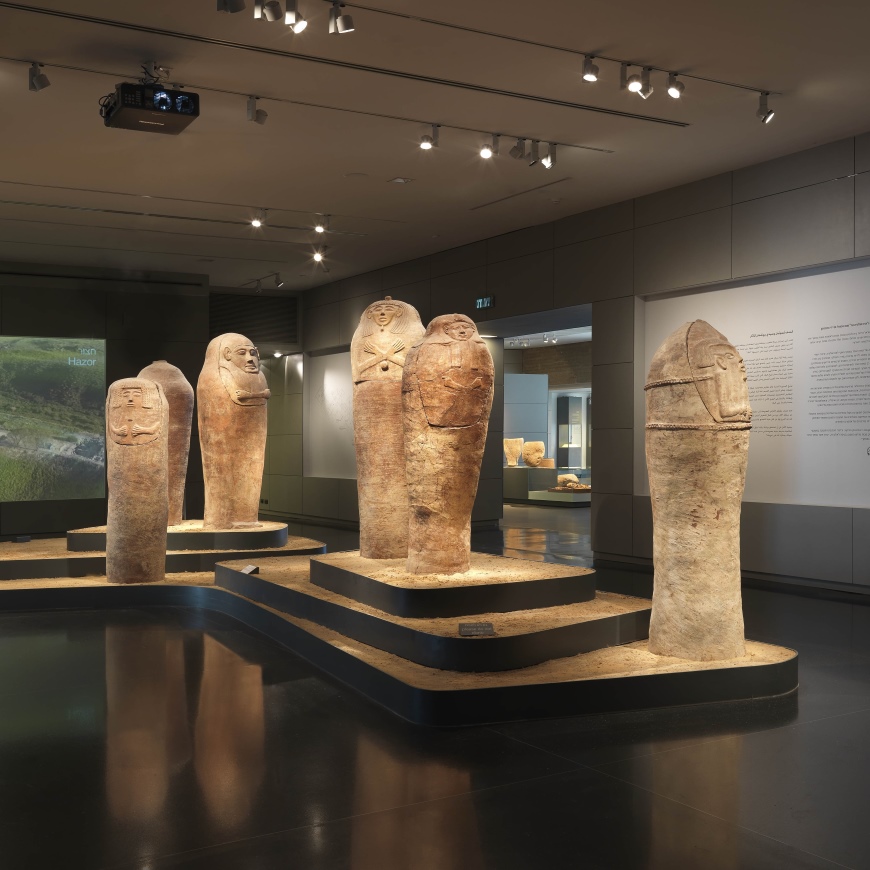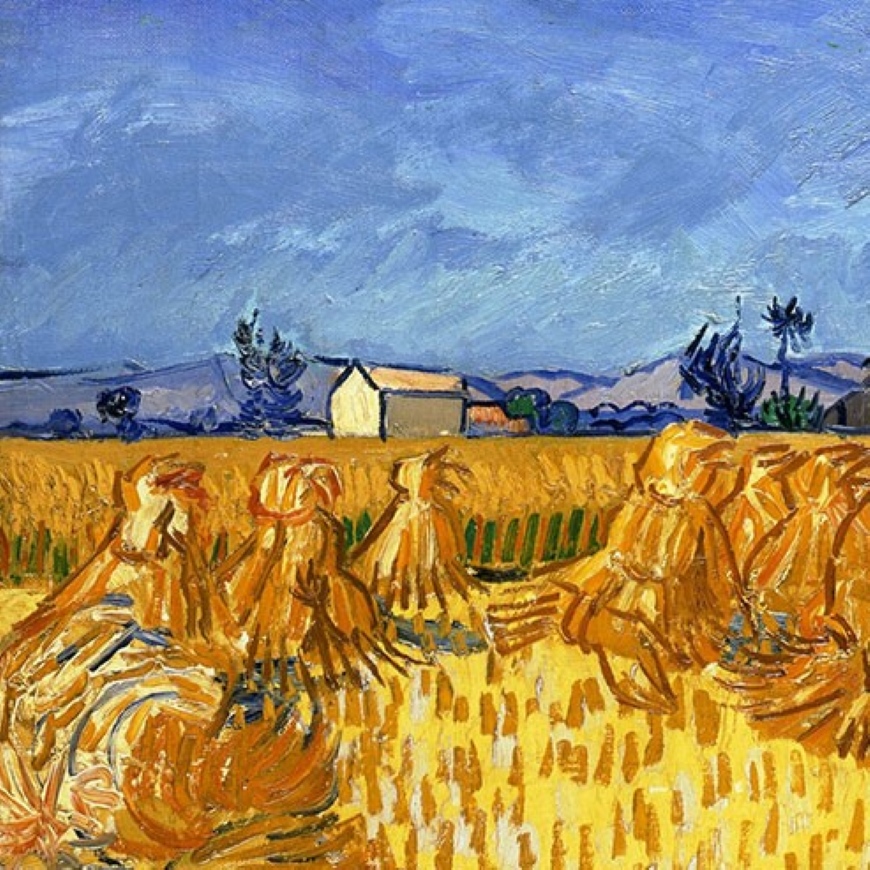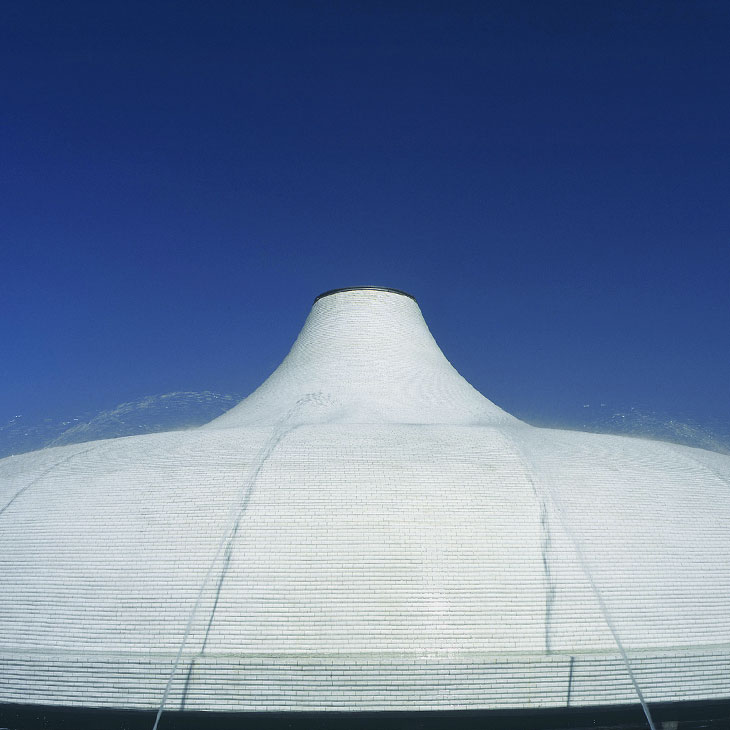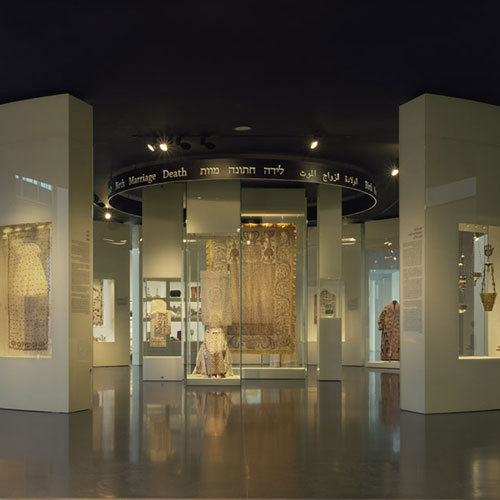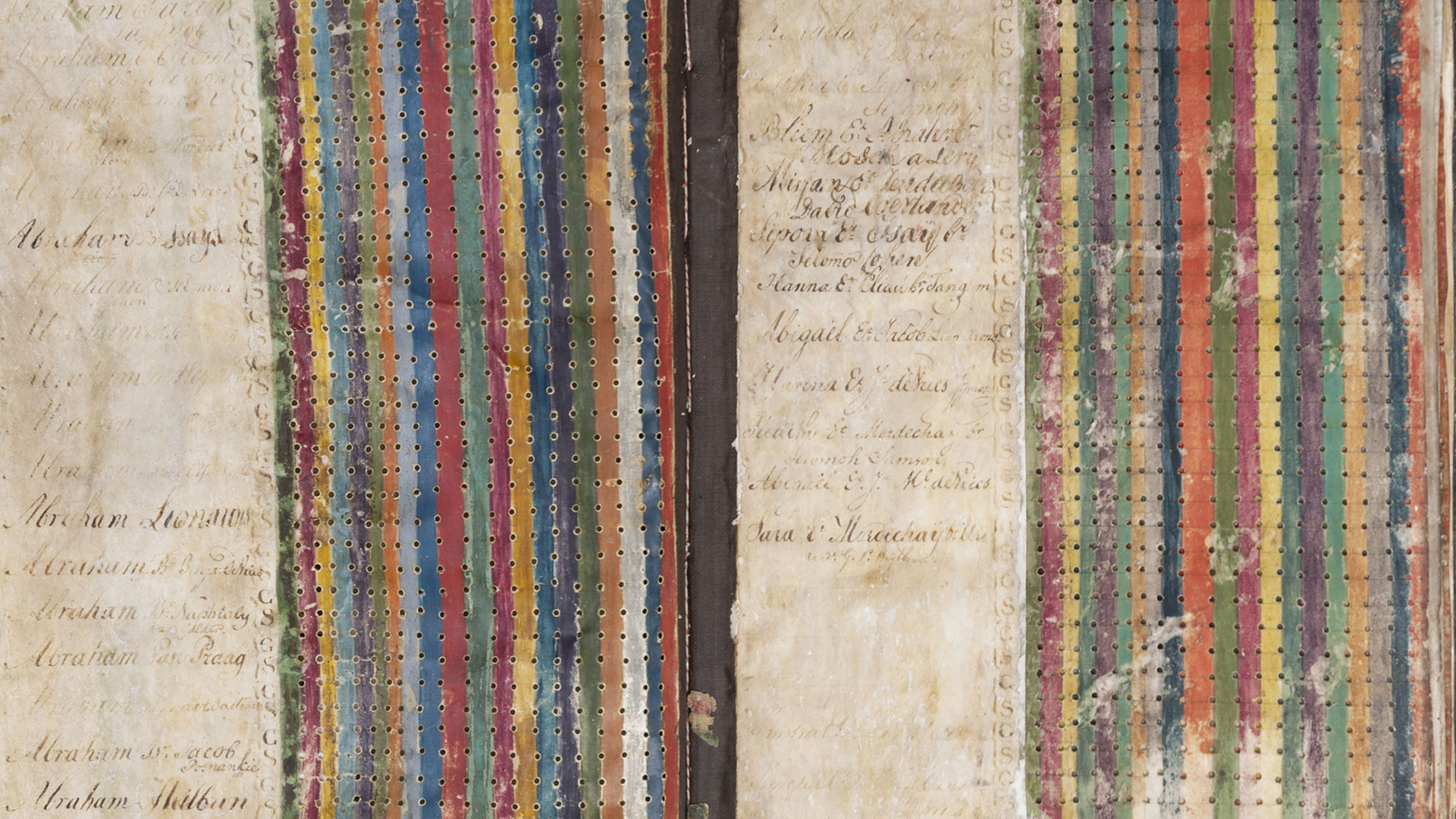
How Much for an Aliyah?
-
September 1 2021 - November 30 2021
Curator: Gioia Perugia
Designer: Shirly Yahalomi
-
, , , ,
A rare book (pinkas) from the Ashkenazi Neveh Shalom synagogue of Paramaribo, Suriname, dating from 1757, on display for the first time. It was used to record pledges made by community members when called up to the Torah. Thanks to an intricate system of needle, thread, and colored columns of holes, the book made it possible to note the sums without writing, which is forbidden on Shabbat and holidays.
This impressive-looking object is the only Ashkenazi artifact from Suriname in the Museum’s collections. The community’s members settled in Paramaribo already in the 17th century, and in 1735 erected the Neveh Shalom synagogue building that is still used by the Jews of Suriname. Most of the Spanish-Portuguese Jews who came to Suriname at the same time settled in plantations around Cassipora Creek, giving the name to an area known as Jodensavanne. Later they moved to Paramaribo and established their own synagogue, Tzedek ve-Shalom, in 1736.
The interior of the Tzedek ve-Shalom synagogue, brought to Jerusalem and rebuilt in the Museum, hosts this special display.
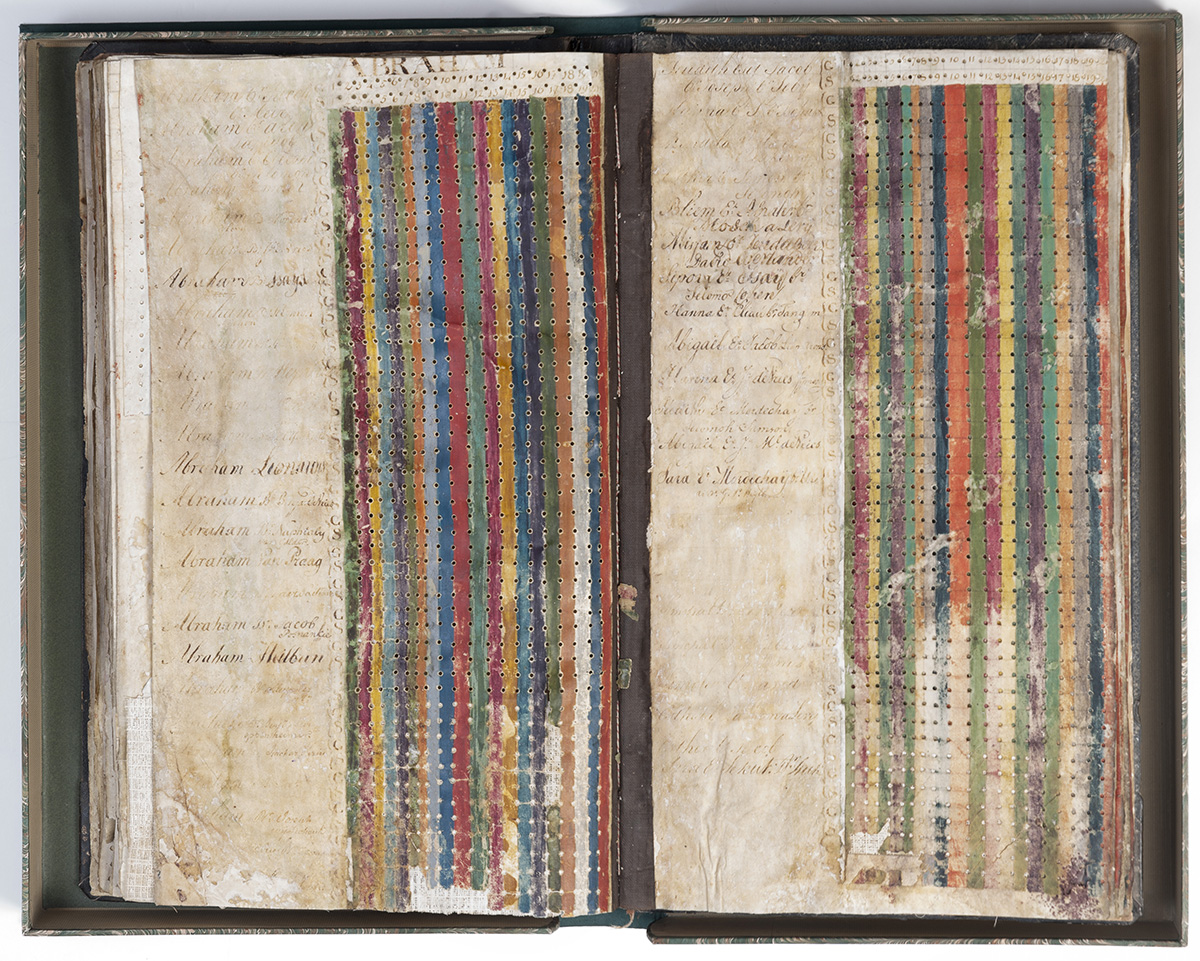
Photo © The Israel Museum, Jerusalem, by Oleg Kalashnikov
- Apr 24Apr 25Apr 26
- Apr 19Apr 20Apr 27May 03May 04May 07May 10May 11May 17May 18May 21May 24May 25May 28May 31
- Apr 01Apr 08Apr 15Apr 29
- Apr 02Apr 02Apr 02Apr 09Apr 09Apr 09Apr 16Apr 16Apr 16Apr 30Apr 30Apr 30
- Apr 02Apr 09Apr 16Apr 30
- Apr 16Apr 18Apr 30May 02May 09May 16May 23May 30
- Apr 18May 02May 06May 09May 16May 20May 23May 27May 30
- Apr 18May 02May 09May 16May 23May 30
- Apr 18May 02May 09May 16May 23May 30
- Apr 18May 02May 09May 16May 23May 30
- May 02May 06May 09May 16May 20May 23May 27May 30
- May 06May 20May 27


